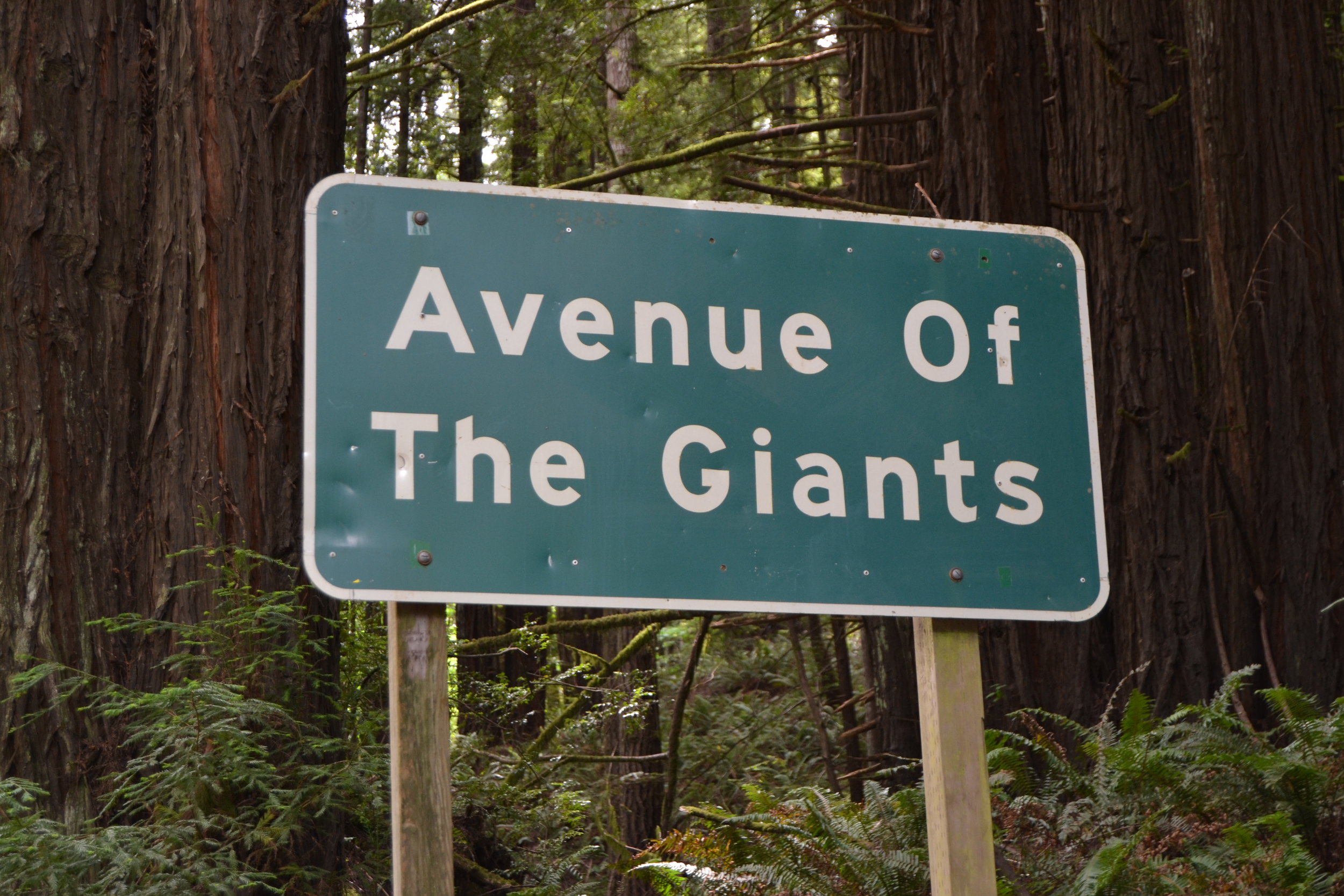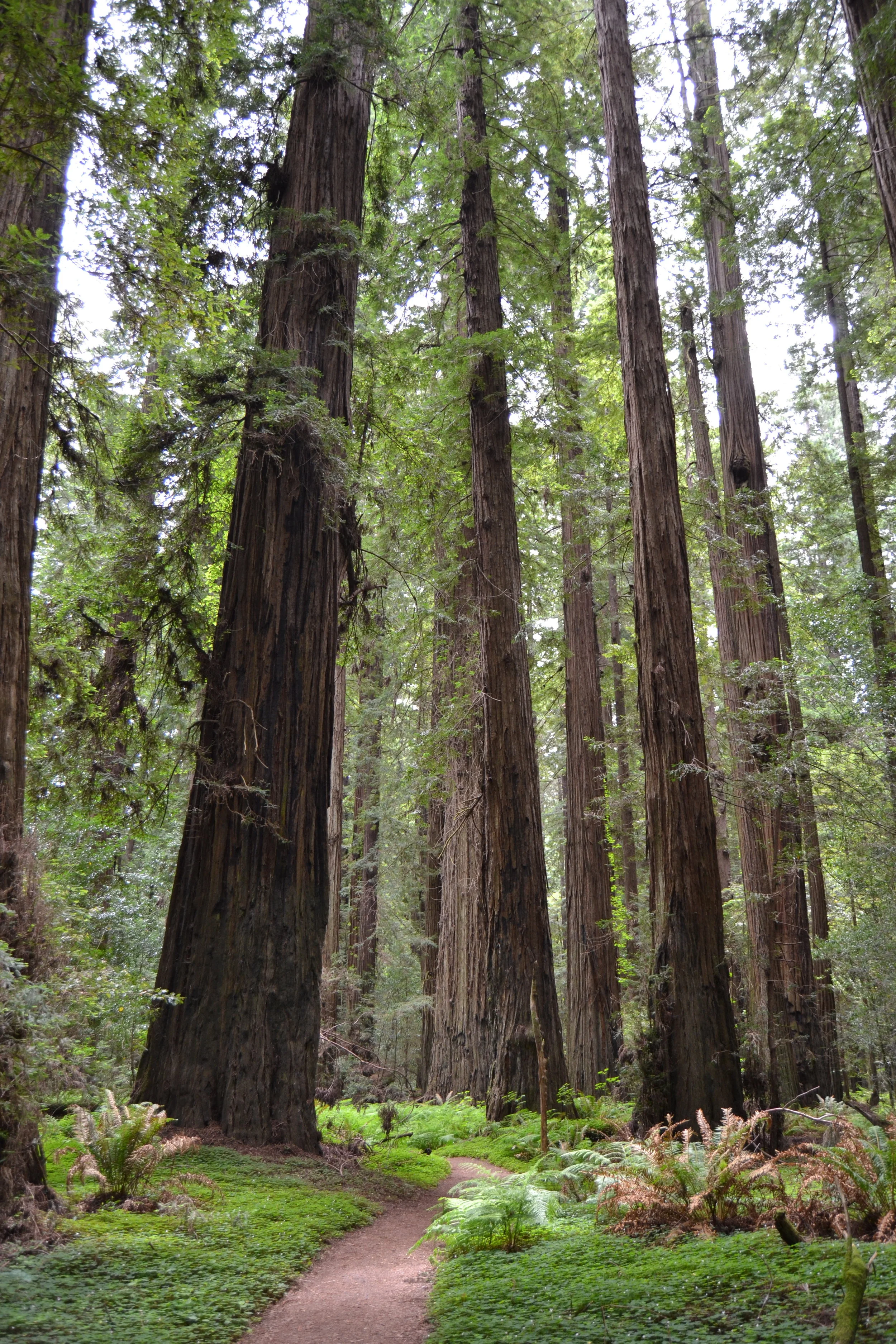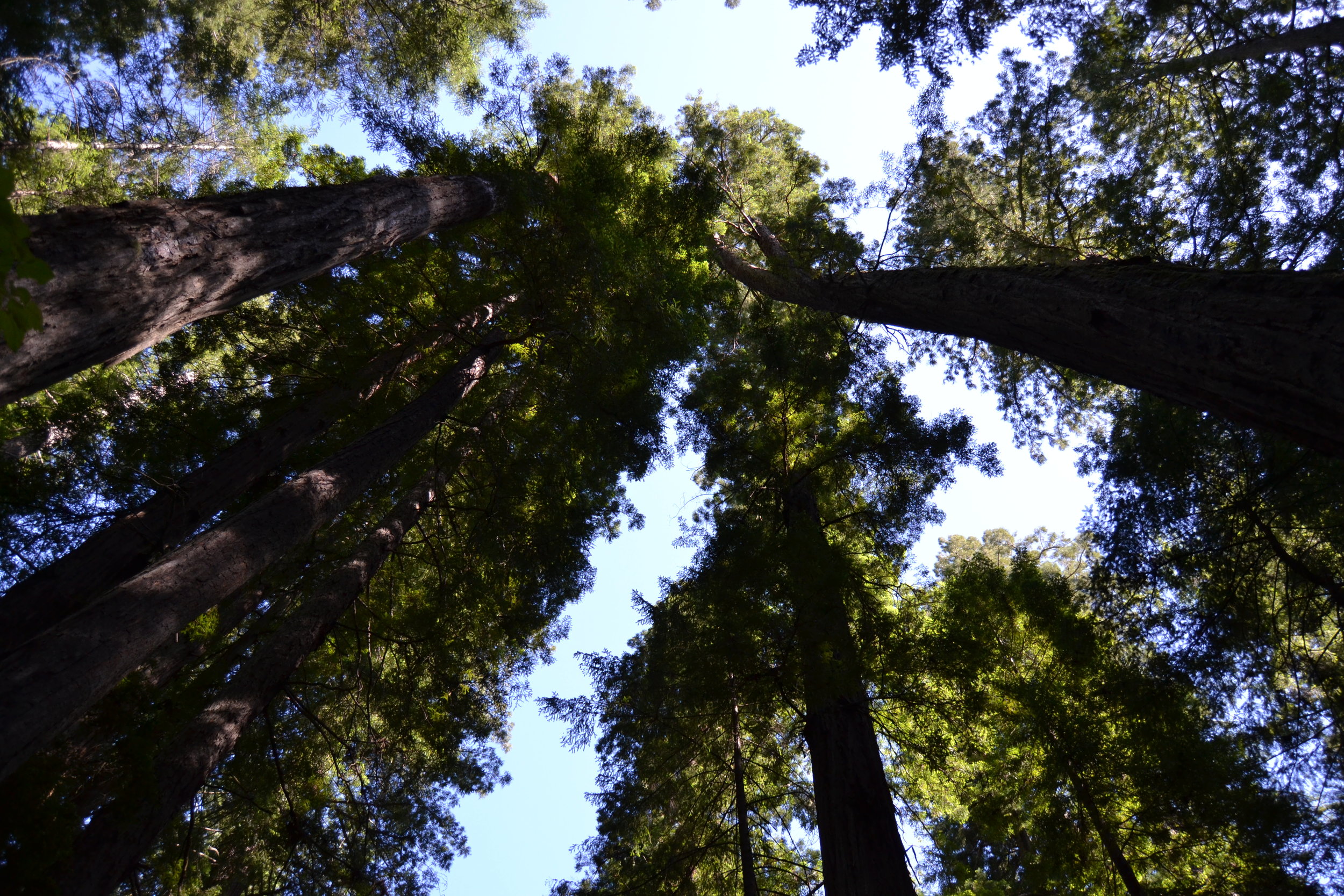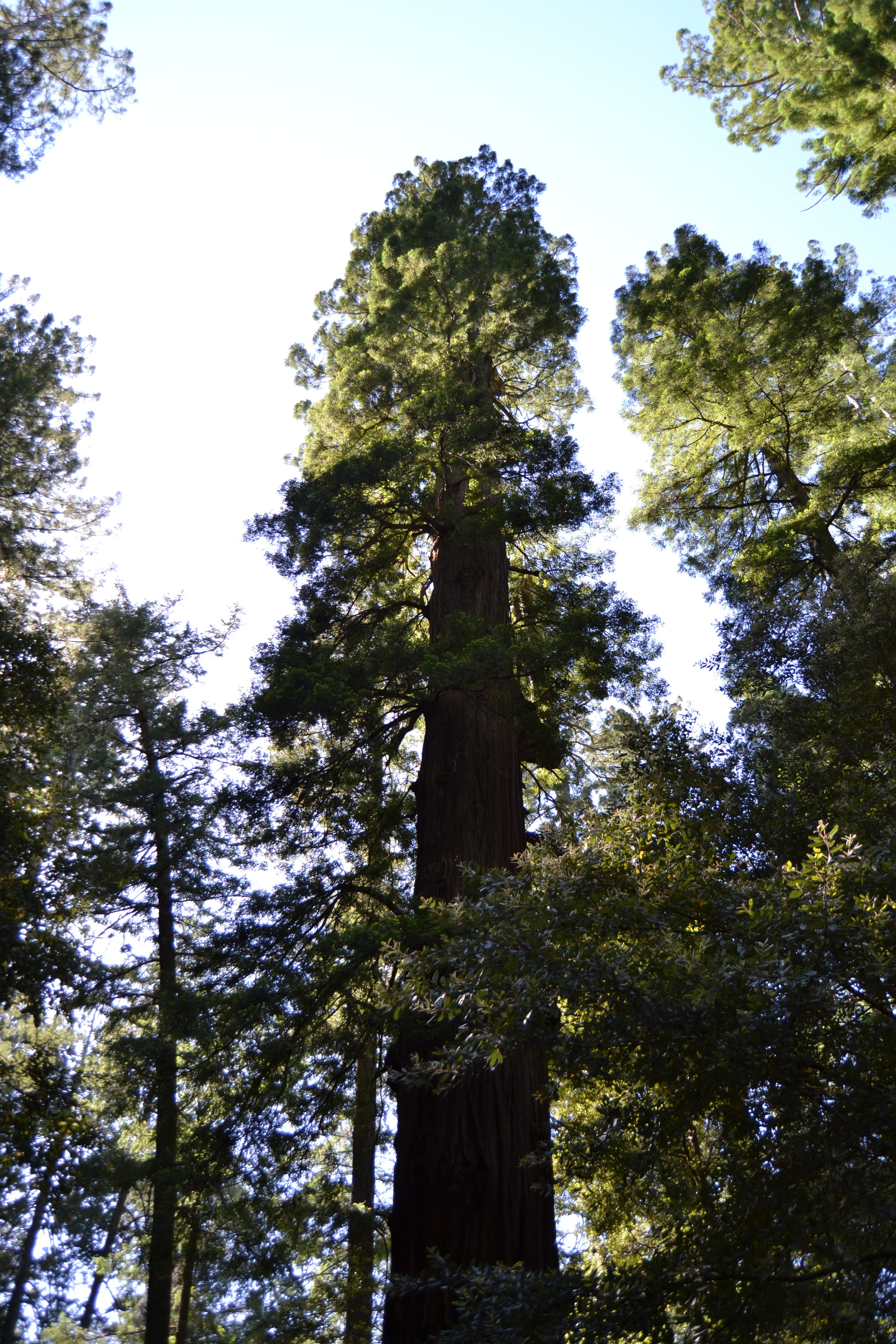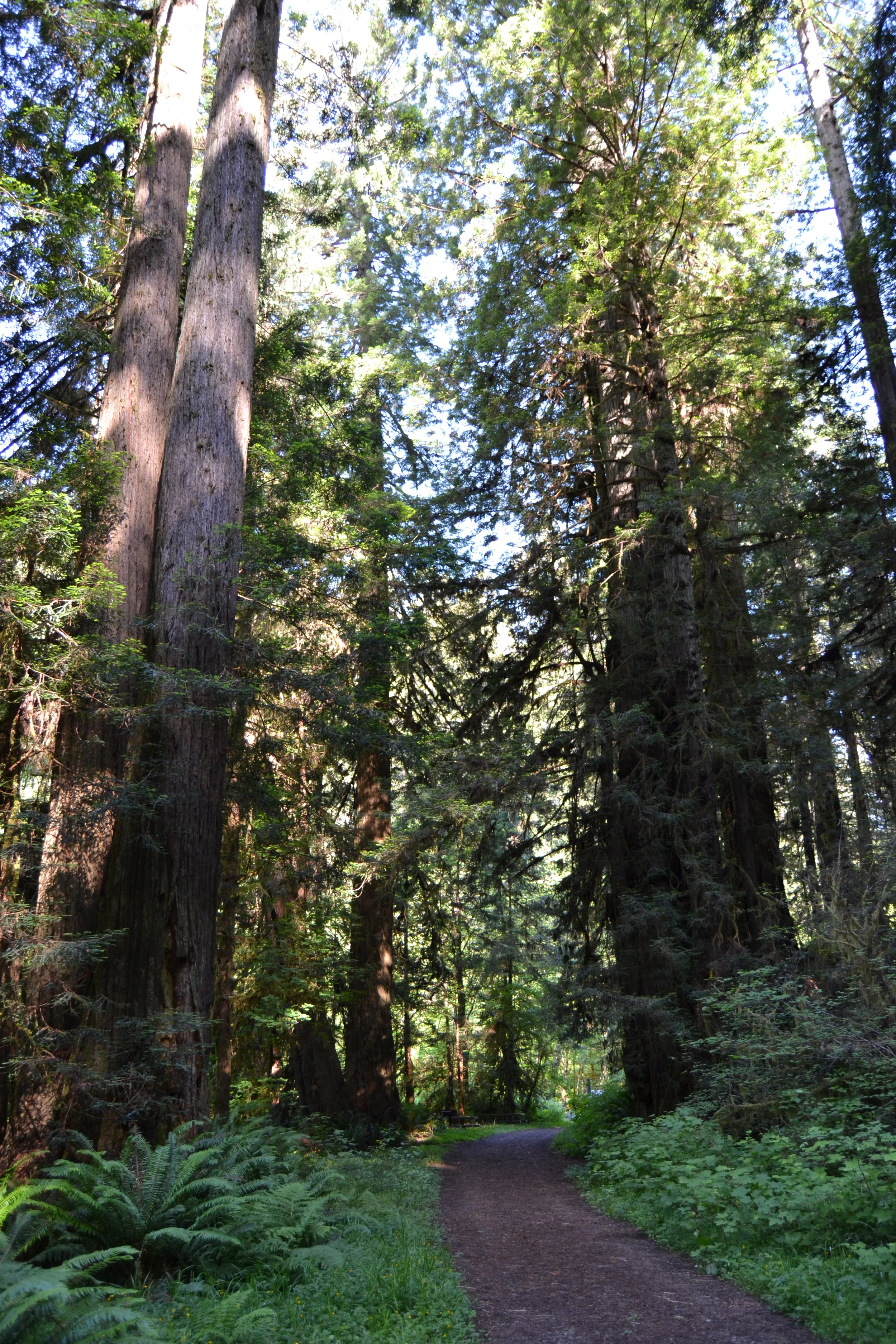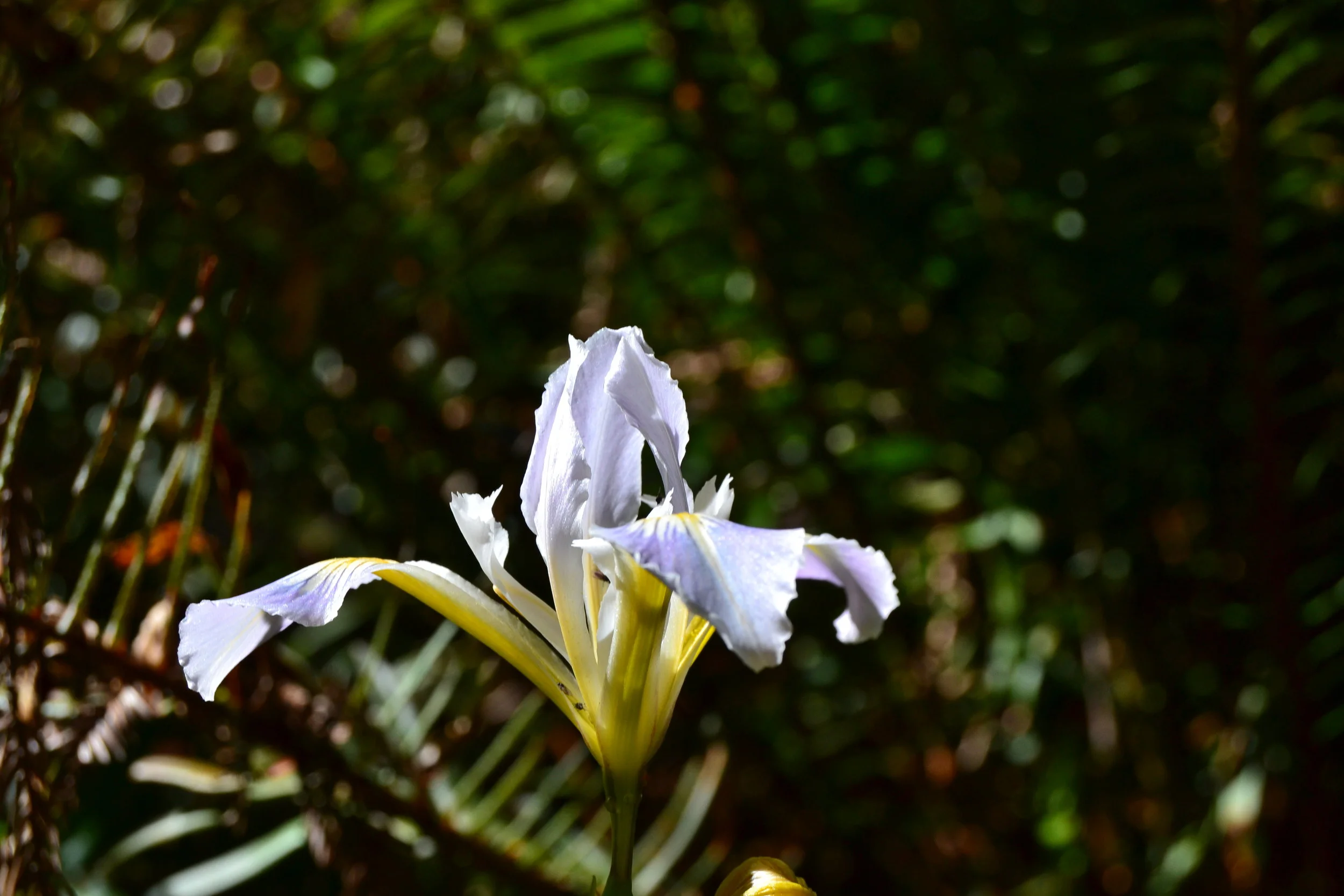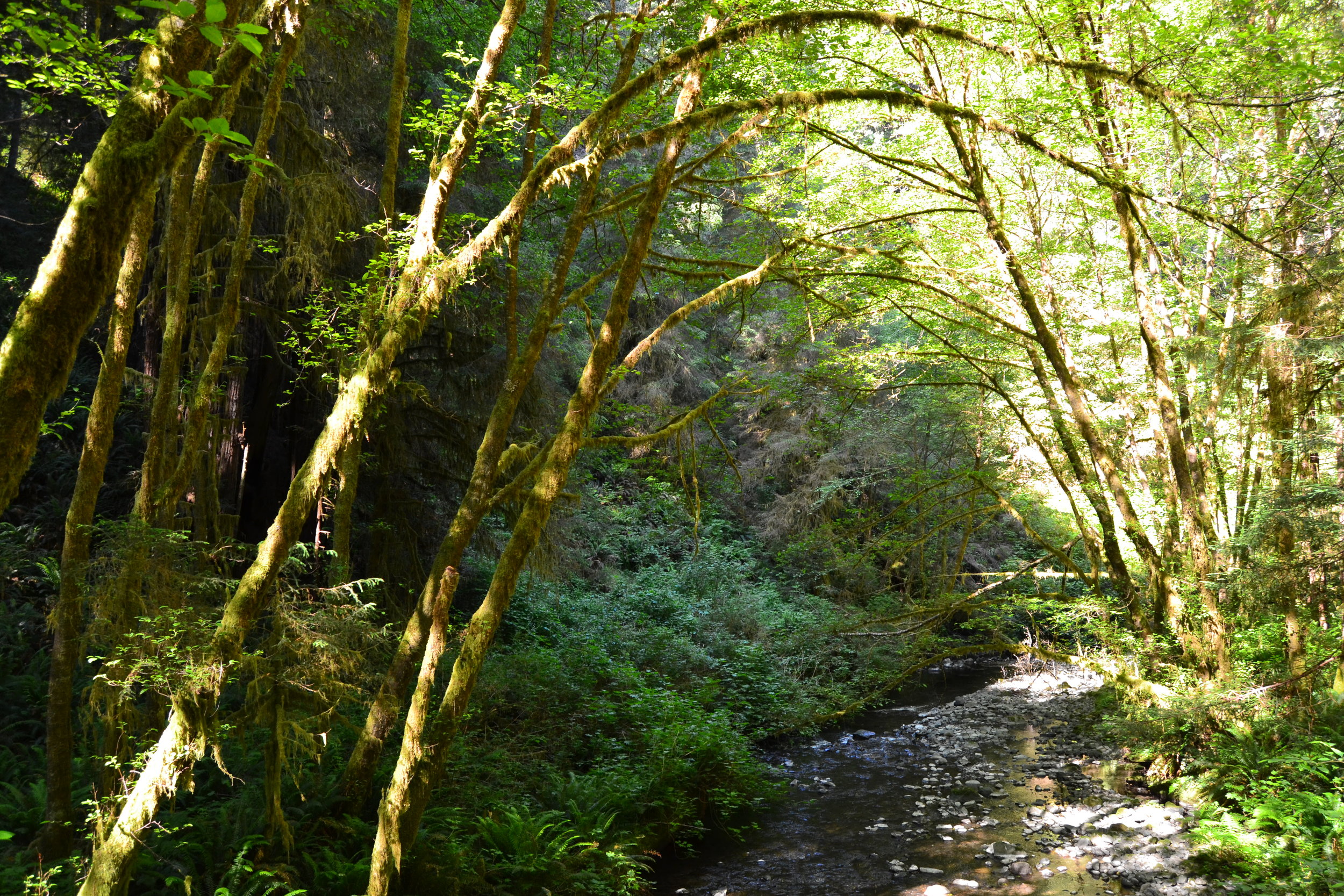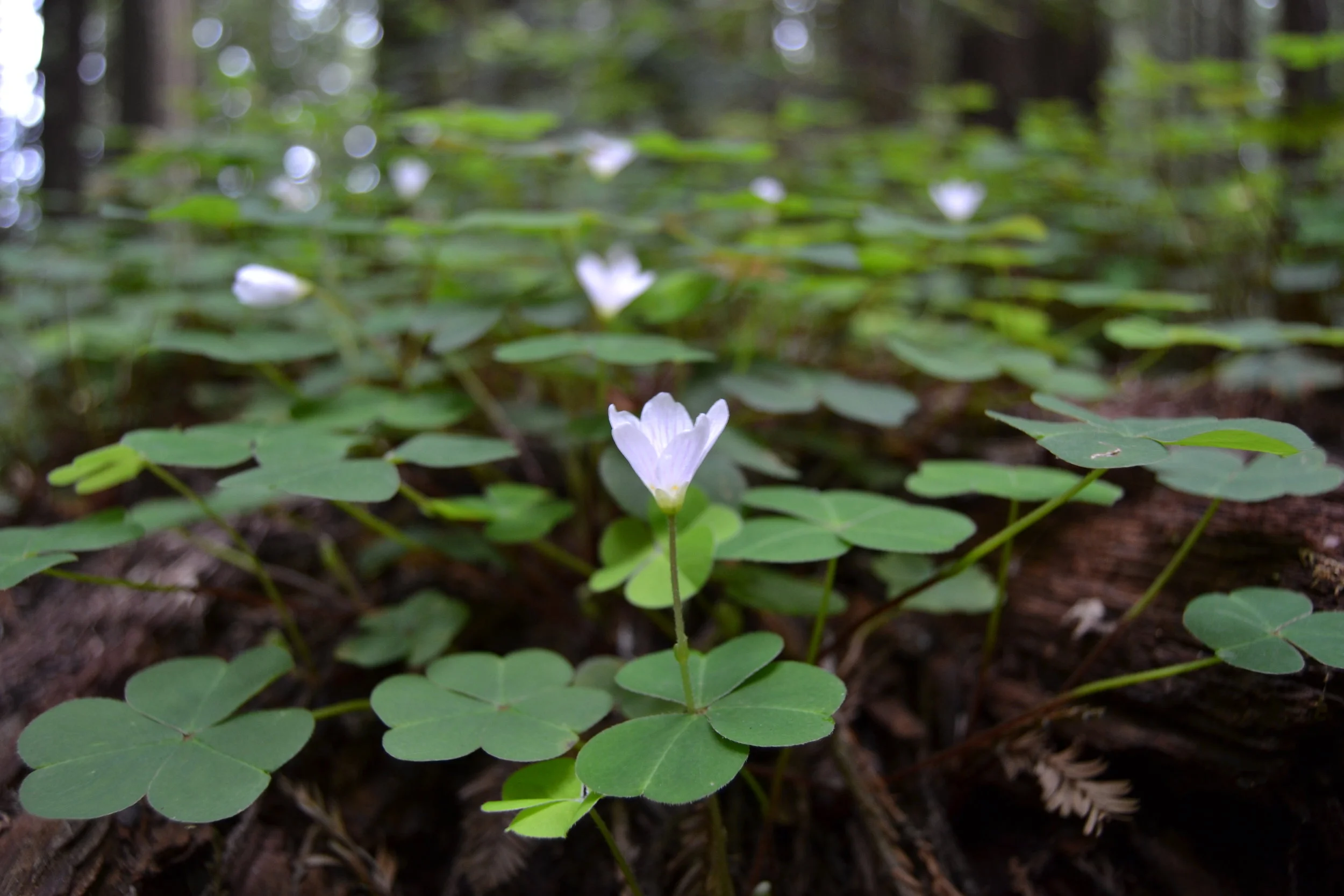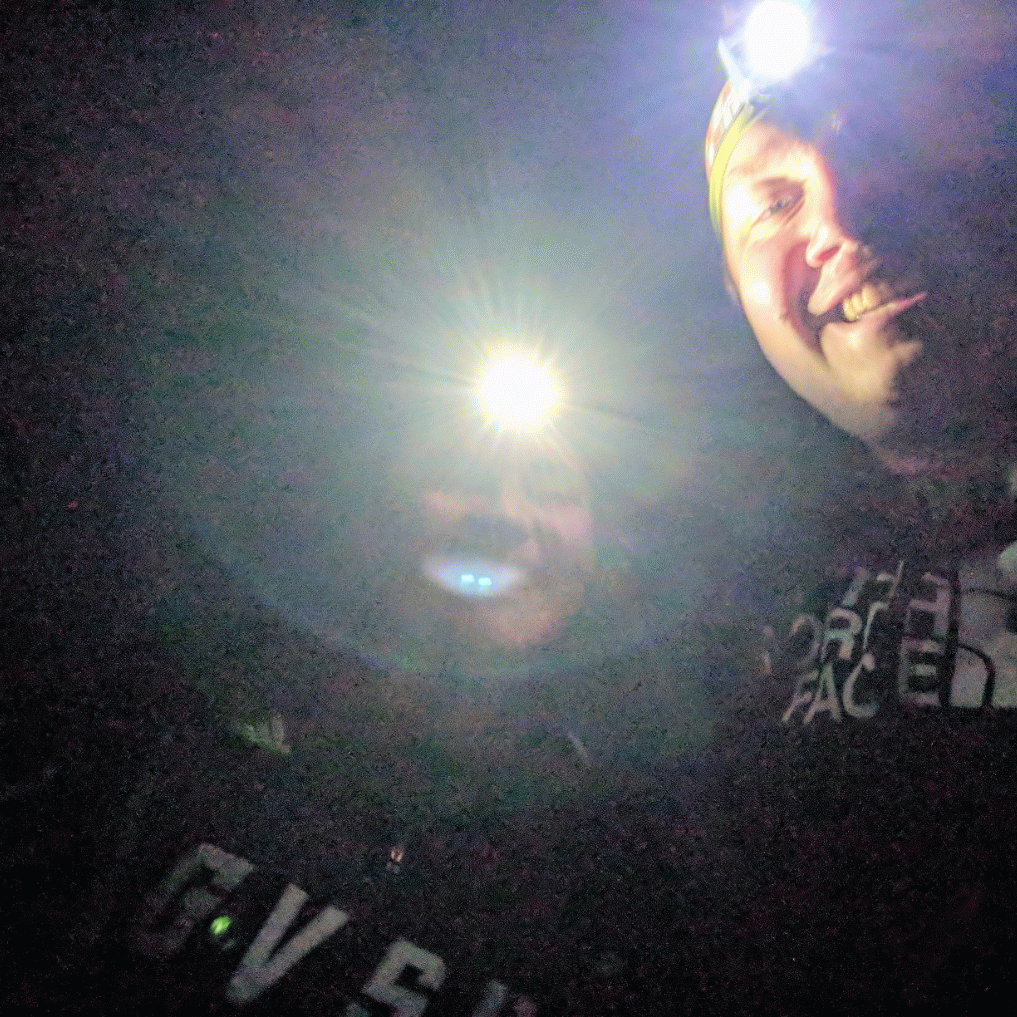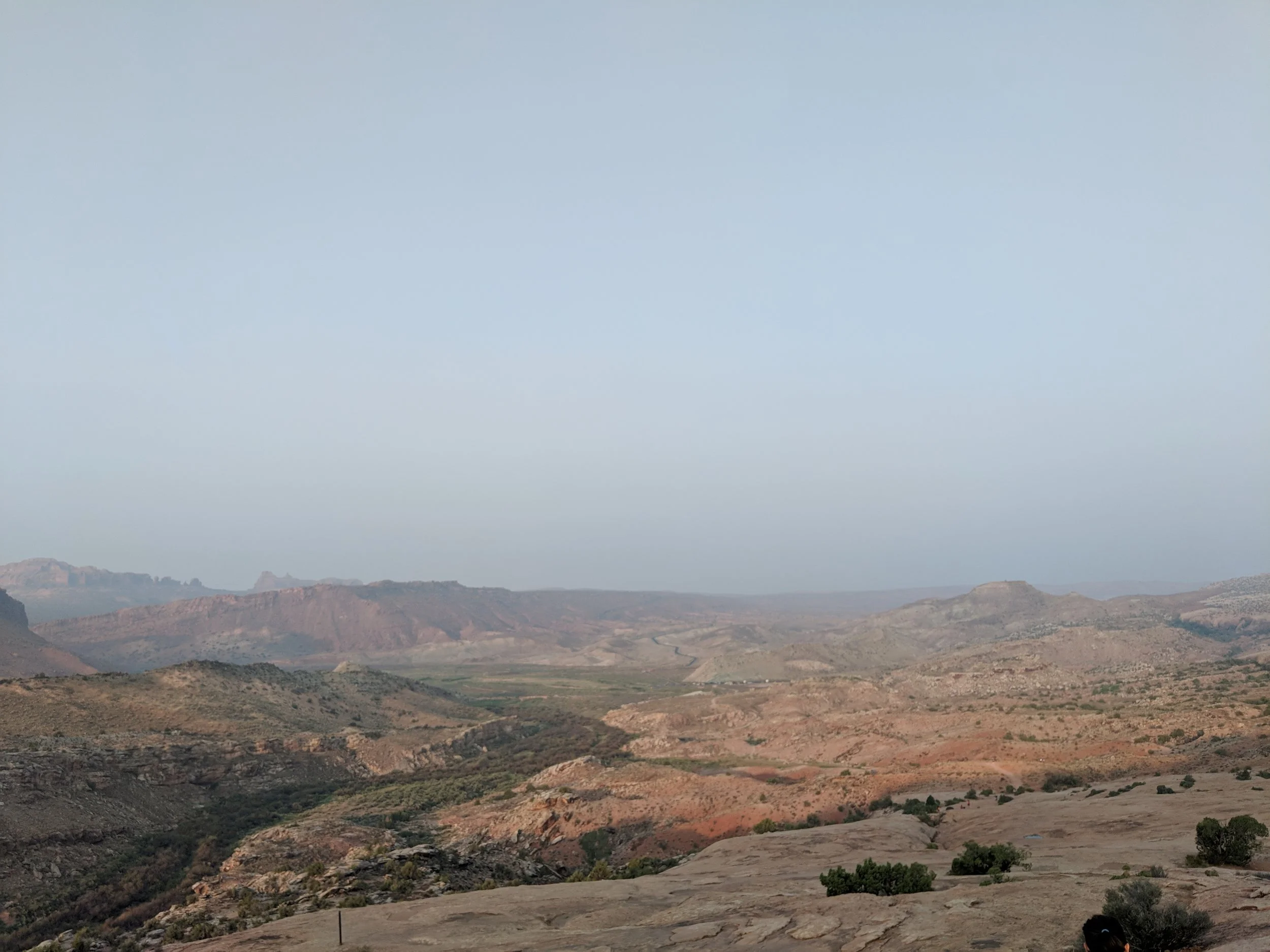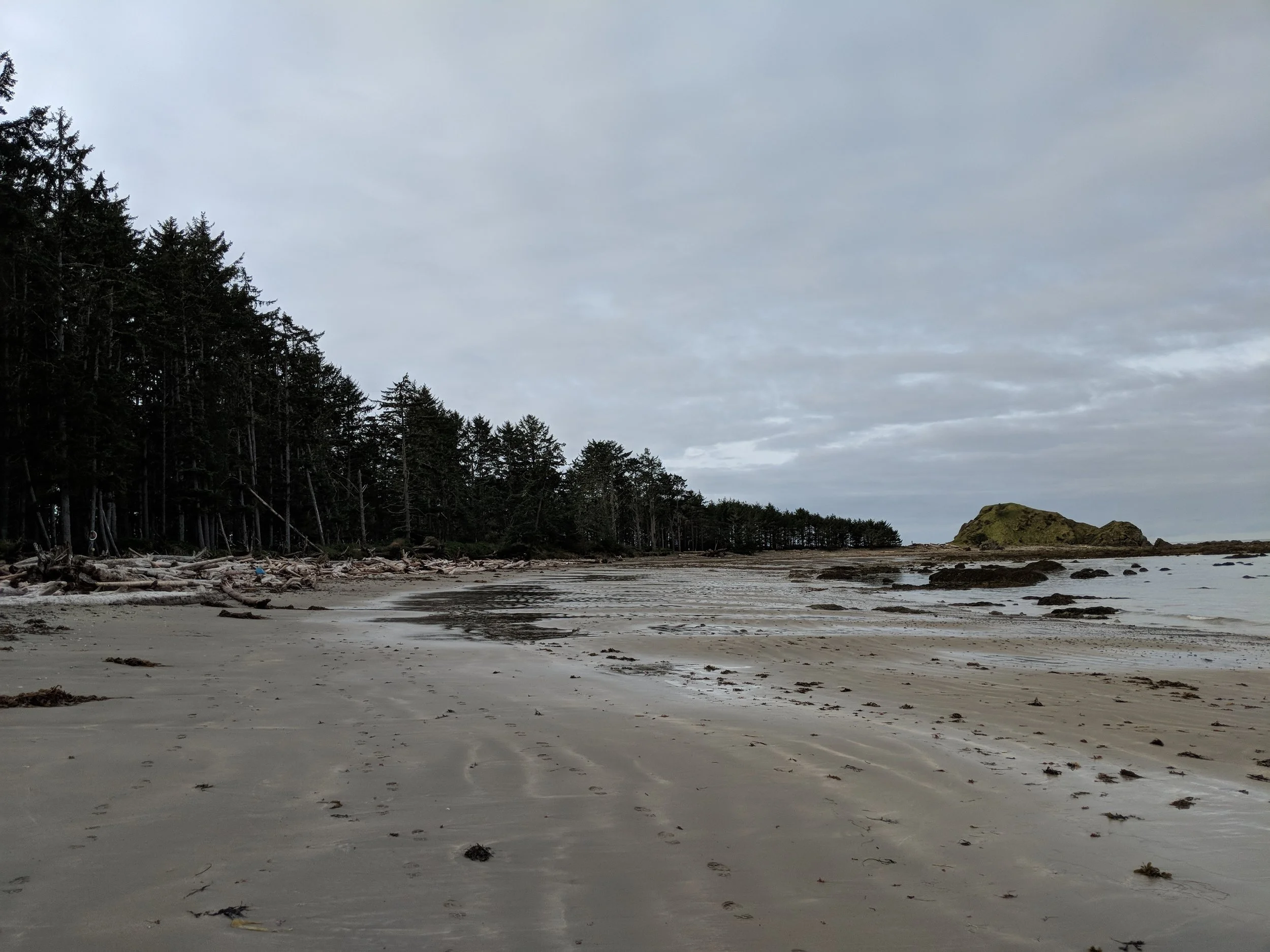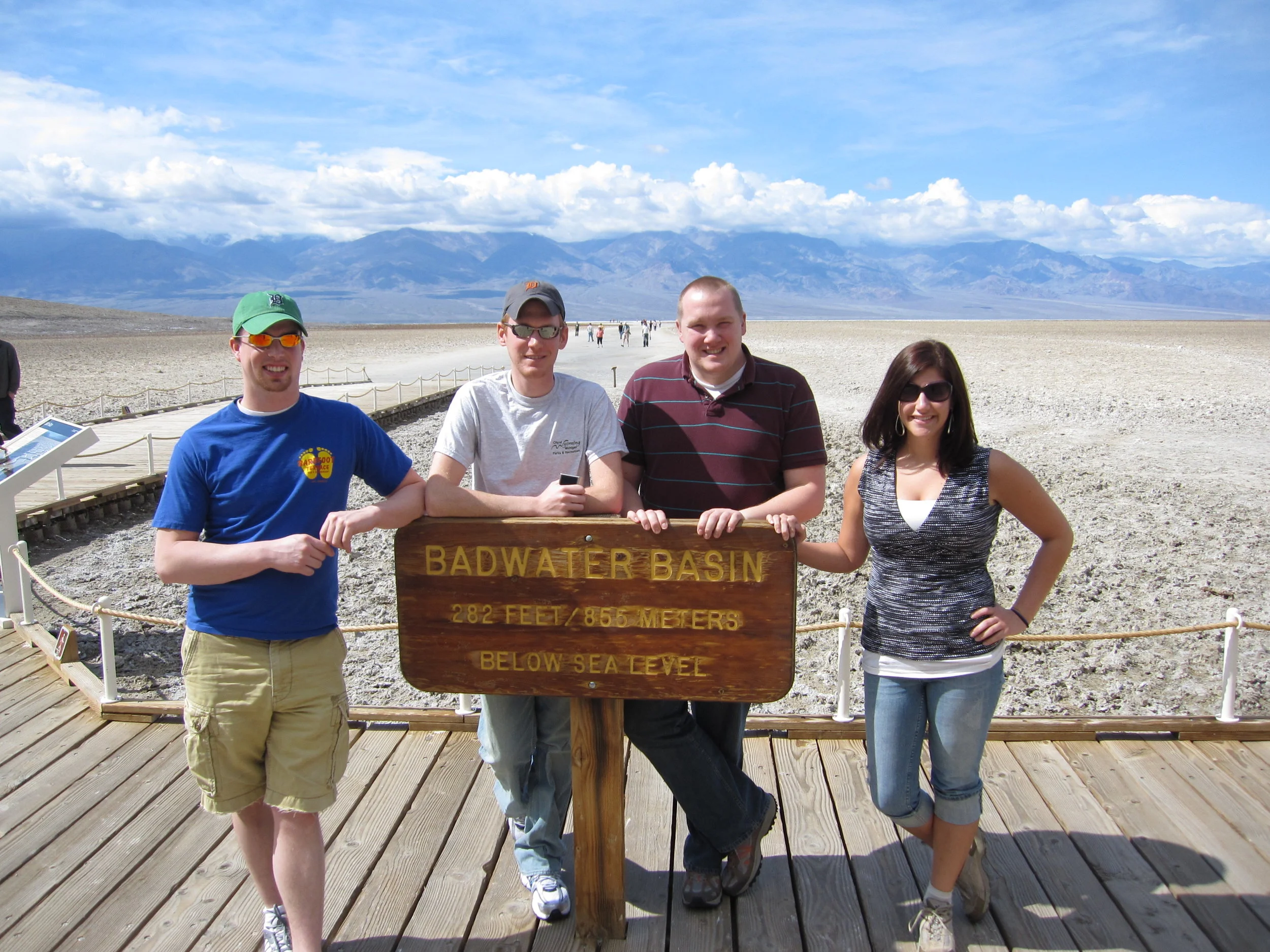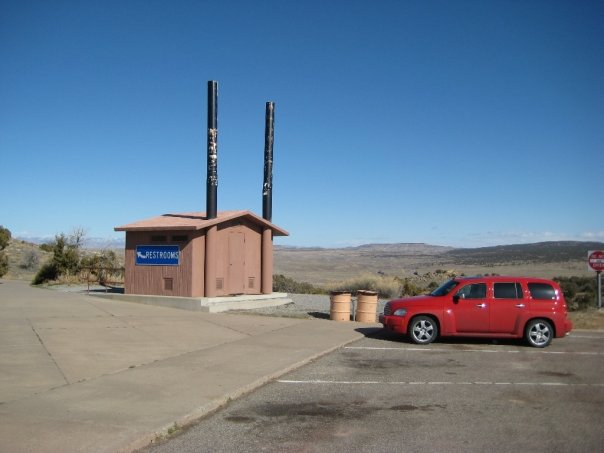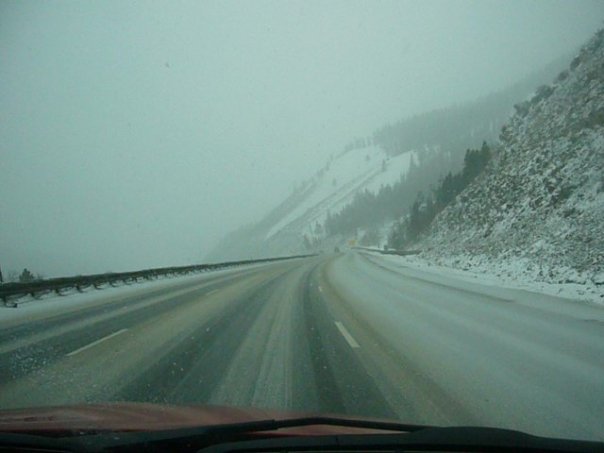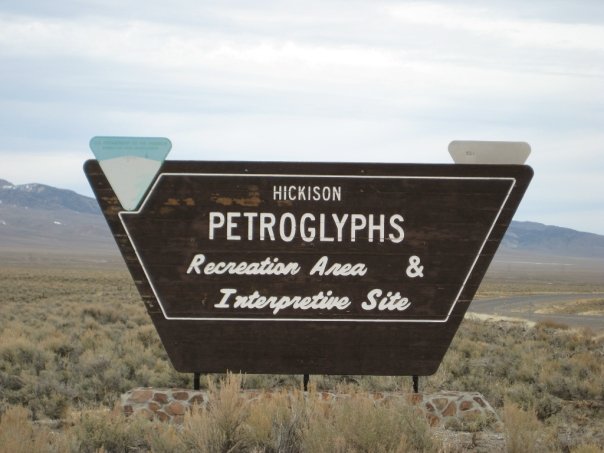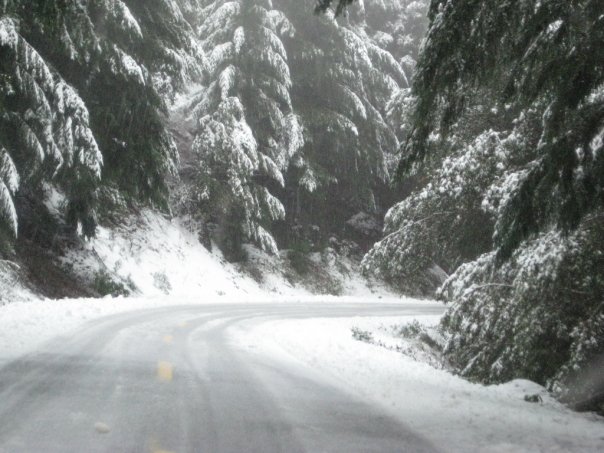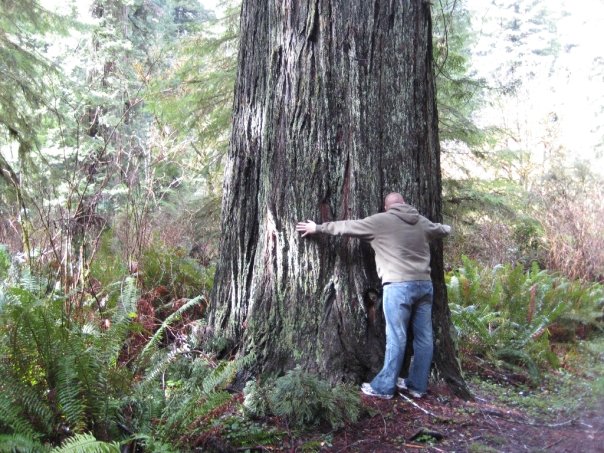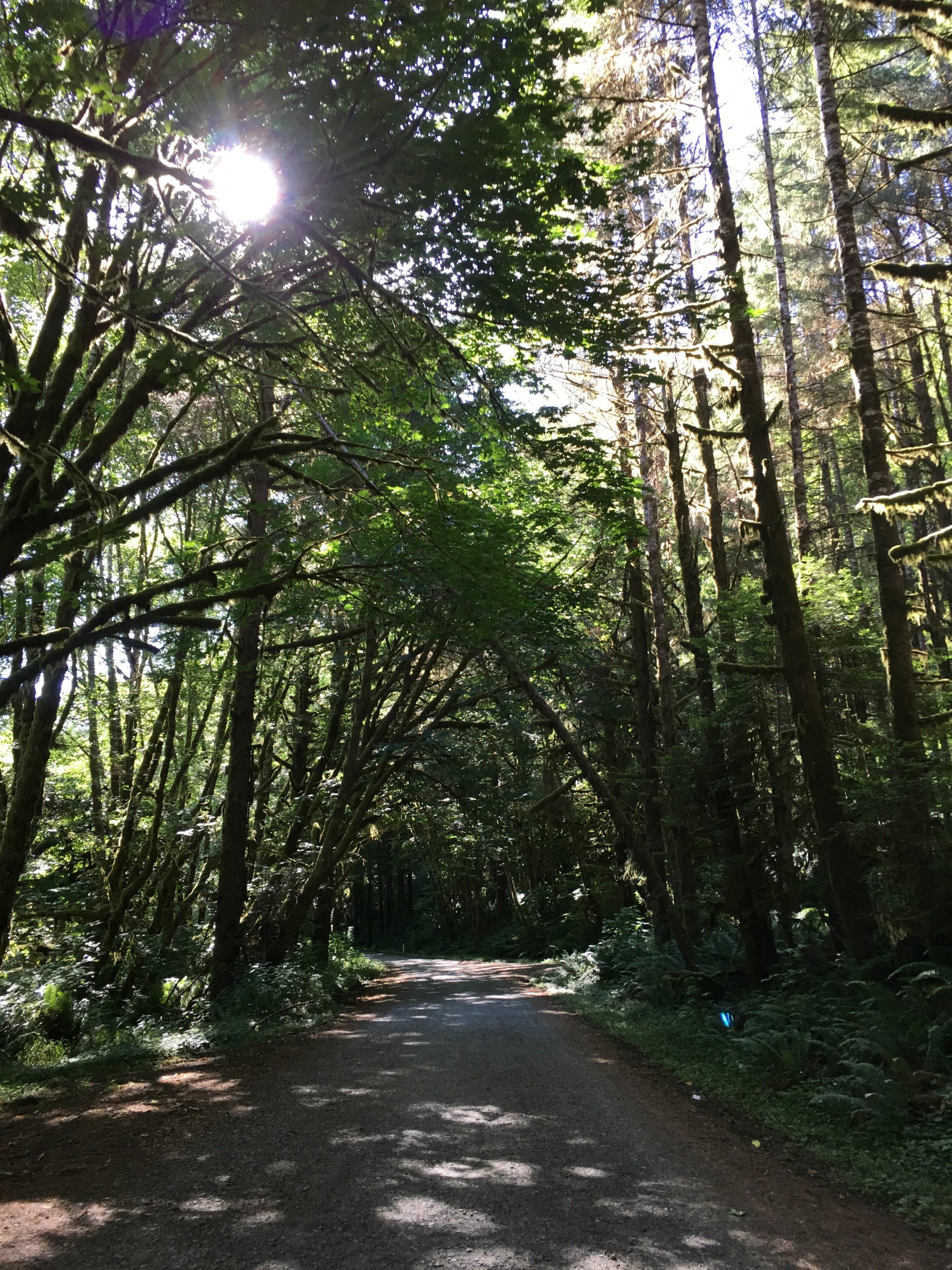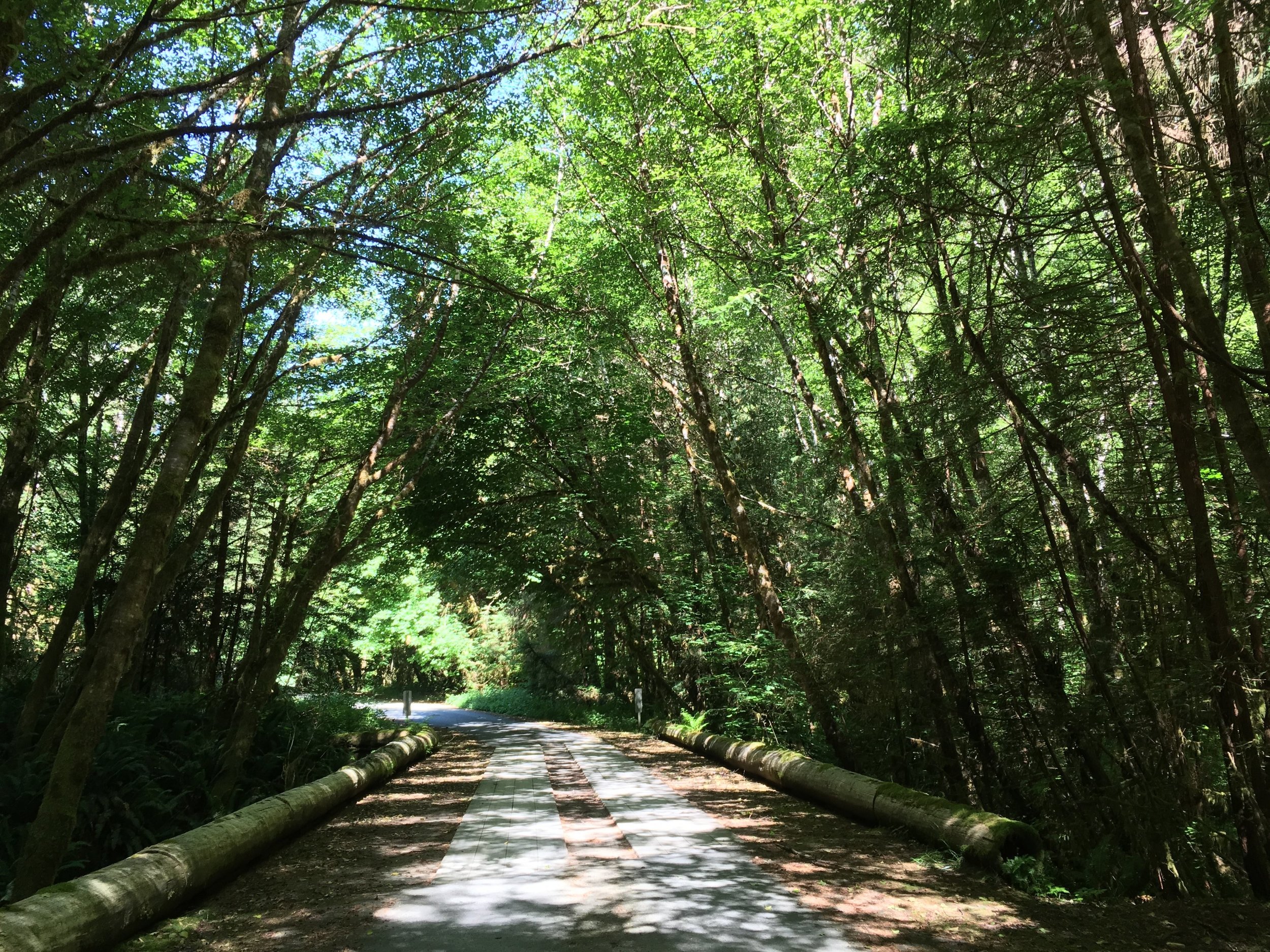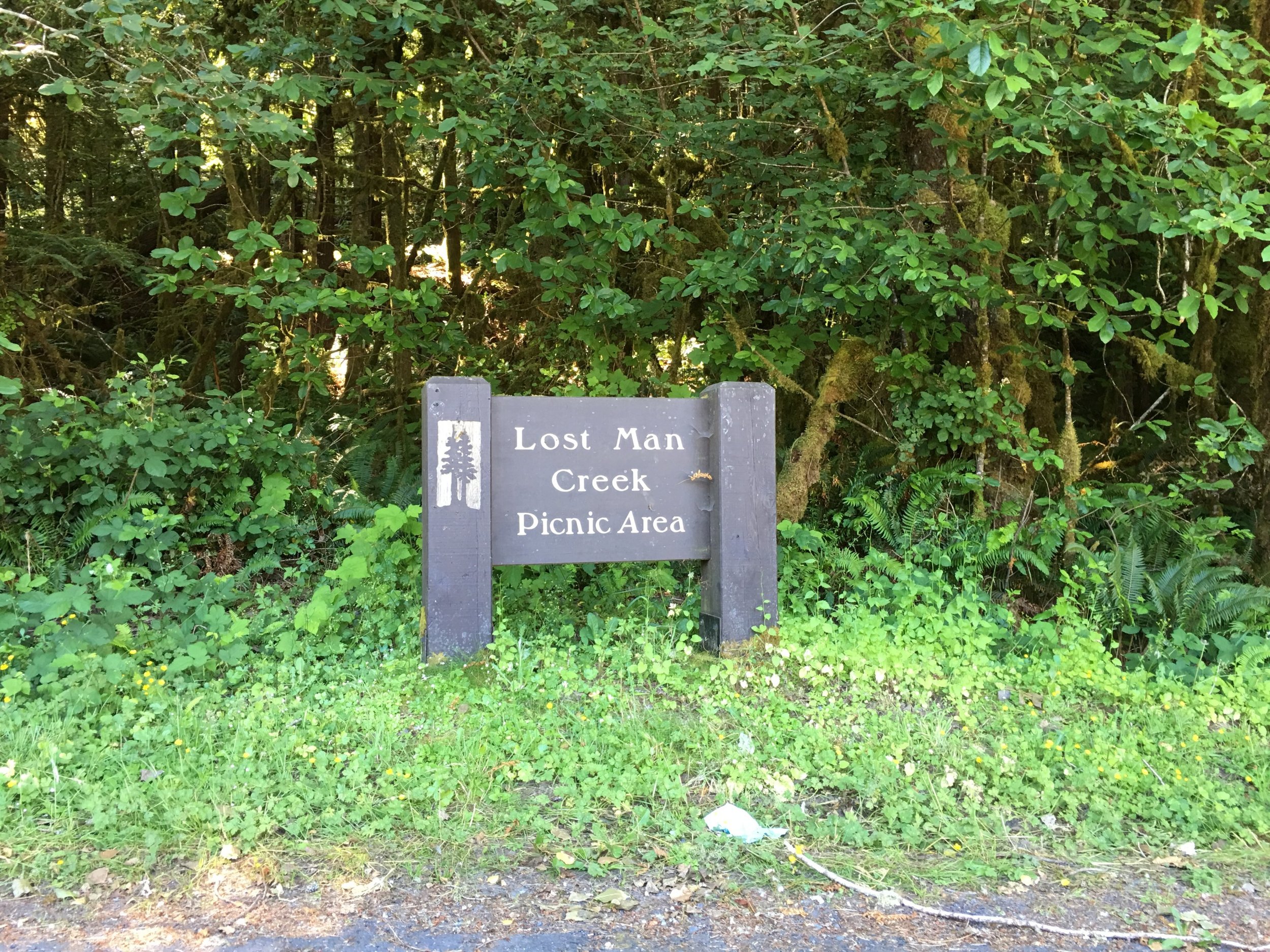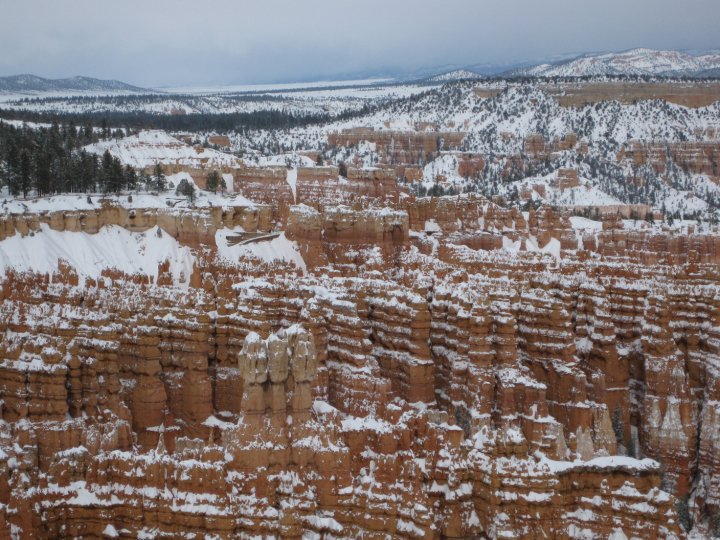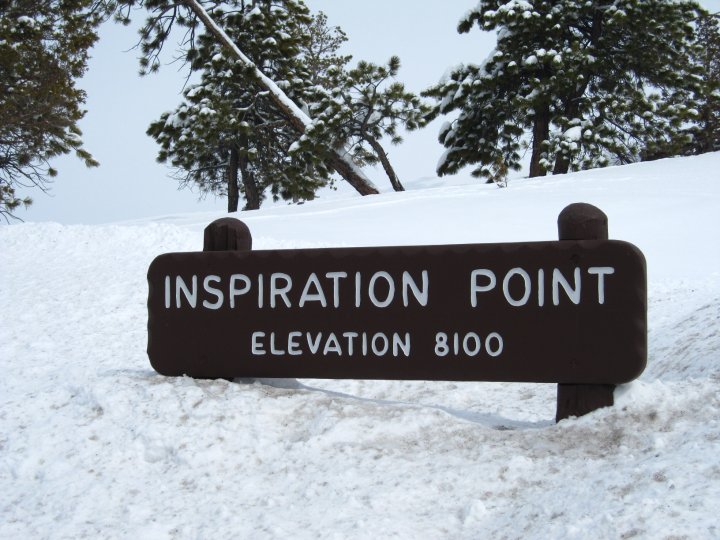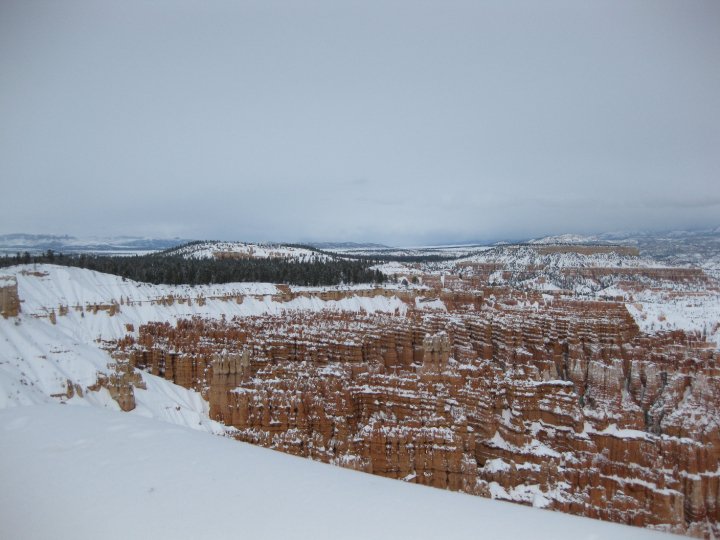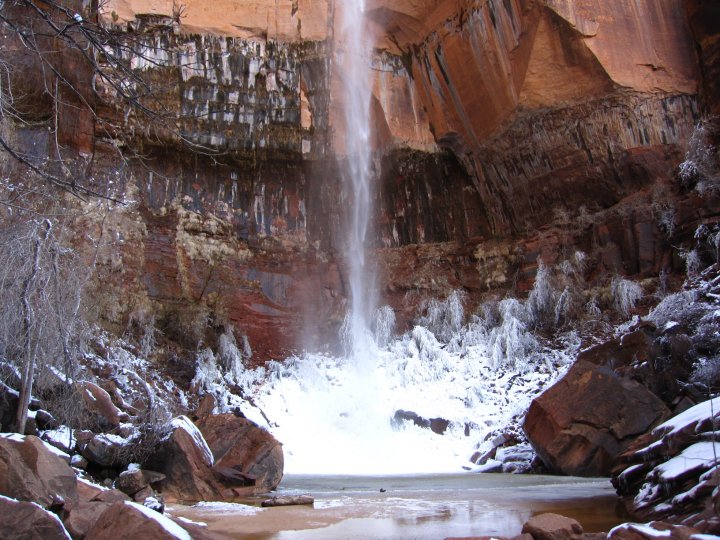“Favorite Place to Introduce People to Public Lands”
Season 2, Week 2
September 20, 2018
Join us on Twitter with the hashtag #NatureWritingChallenge to discuss and share the topic Thursday at 8:30 CST. This post was created in one hour specifically for this challenge.
I’ve never had to think too hard about which piece of public land was my favorite to introduce to someone because I’m usually just so glad someone wants to go at all. My experience with public lands beyond state parks isn’t much, and I don’t know many people that are too adventurous, but I’m always willing to go anywhere anyone is up for visiting. I’ve had the joy of showing my other half Arches and then showing it to my best friend five years later. My friend Kevin and I have taken friends to Death Valley and seeing other people enjoy it as much as we did was wonderful. But, nothing has made me more excited than showing my best friend and other half Redwood National and State Parks in California. I originally visited the majestic Redwoods in spring of 2008 and long to go back as often as possible.
Each visit to the Redwoods, be it a state or national park, has been absolutely magical. From our first drive through in 2008 to my the most recent in 2017, which I’ve discussed [here], [here], [here], and [here]. I love the Redwoods, and with limited exposure to public lands thus far, I’d say it’s in my top three for favorite destinations. But, this isn’t about that. I’m excited just thinking about taking people to the Redwoods for the first time. Many people have heard of the big trees on the west coast, but few that I know have actually visited them. Expectations for what they look like are set from textbooks or internet photos, but seeing them in person usually blows them out of the water.
Redwood National and State Parks cover a LOT of ground. I’m talking, hours of driving and days of hiking to see it all. So, I can’t say that I’m an expert or that I’ve even visited every special place, but that makes it even more amazing to revisit. I’ve been to several of the main places, and that’s usually how it started when introducing my BFF and other half to the vastness that is the Redwoods. We’d hit up a popular spot and do the drive through the Avenue of the Giants. Each time, though, we’d try something else. From the Big Tree area we ventured off into the woods or from near Prairie Creek we headed over to Lost Man Creek. I’ve hiked the same trail, 9 years apart, but didn’t even know it so it felt brand new to me.
There is more to the Redwoods than just the big trees and ferns. There are wild rivers running through, old dirt roads that take the long way, and so many smaller trees that are just as beautiful. There are plenty of tourist attractions and a few gift shops as well as several small towns with stores and restaurants. One can feel very small and alone or completely part of the tourist crowd, it’s a choice that can even mean having the best of both worlds.
If you can get to Northern California, go to the Redwoods. Go on a weekday, go on a weekend, go for several days. Just. Go. You will likely not regret it unless you HATE trees, endless green leaves, ferns, dampness, fog, or the freshest smells of your life.

